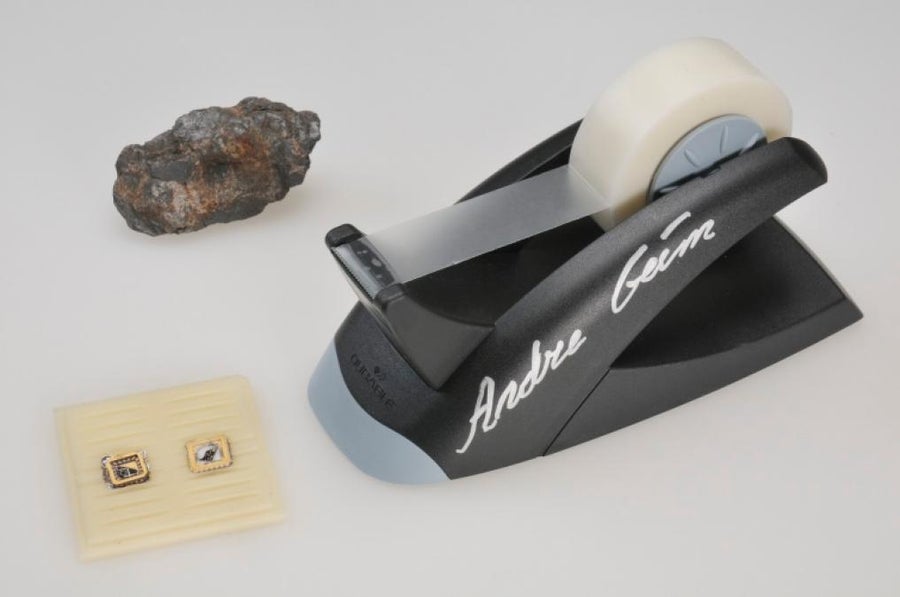What is graphene and why did George Osborne include it in the 2014 budget?
The chancellor has announced Government funding for a new innovation centre to develop graphene. We take a look at the amazing British-made super-material.
George Osborne name-checked graphene during his 2014 budget speech, hailing the high-tech material as a “great British discovery” that should be commercially developed in Britain. The Government is committed to spending tens of millions of pounds on a new graphene innovation centre with the aim of developing “novel graphene products”. But what is graphene and why is the chancellor getting so excited about it?
What is graphene?
When first theorised in the 1940s, scientists thought that it was physically impossible for graphene to exist. The material is so thin that three million sheets of it stacked on top of each other would be only 1mm thick. It is made of a single layer of carbon atoms linked together like a honeycomb. Graphene is reckoned to be the strongest and most conductive material ever – and it has got scientists and technology companies very excited.
You’ve probably created graphene countless times without realising it. As the name suggests, graphene comes from graphite – the same stuff on the end of a pencil. Graphene is simply a form of graphite that is one atom thick. Reliably creating a material that is essentially two-dimensional has proven tricky and baffled scientists for years until a man in Manchester spent a lot of time playing with some sticky tape.
How is graphene made?
In 2003, armed with a roll of Scotch tape, a block of graphite and a lot of patience, Andre Geim set about the task of creating a new super-material. Geim, director of the Centre for Mesoscience and Nanotechnology at the University of Manchester, was trying to make graphene by teasing off an atom thin layer from a block of graphite.

Having peeled off layers of graphite using the tape Geim repeated the process to get thinner and thinner flakes. He then dissolved the tape in solution leaving him with ultra-thin layers of graphite just 10 atoms thick. A few weeks later he and his team had created the first sheet of graphene. It was a genuine eureka moment and at the time Geim revelled in having successfully “fooled nature”.
In October 2004 his discovery was published in Science magazine and it quickly became one of the most cited papers on material physics. In 2010 Geim and his colleague Kostya Novoselov received a Nobel Prize in physics for their work.










